The Singapore River, winding its way through the heart of the city, is more than just a body of water. It is the lifeblood of Singapore, a historical artery that has witnessed the city-state’s transformation from a humble fishing village to a global metropolis. This blog delves into the rich history of the Singapore River, exploring its significant milestones, cultural heritage, and modern-day revival.
Early Beginnings: The Lifeline of a Trading Port
The Birth of a Settlement
Long before the skyscrapers and bustling streets, the area around the Singapore River was a modest settlement inhabited by the indigenous Temasek people. The river’s strategic location made it a natural harbor, attracting traders from neighboring regions as early as the 14th century.
The Arrival of Sir Stamford Raffles
In 1819, Sir Stamford Raffles, an agent of the British East India Company, arrived on the banks of the Singapore River. Recognizing its potential as a free port, Raffles signed a treaty with the local rulers, establishing a British trading post. This marked the beginning of modern Singapore, with the river at the heart of its burgeoning trade network.
The Flourishing of Trade and Commerce
The River as a Trading Hub
Throughout the 19th and early 20th centuries, the Singapore River was the epicenter of the island’s trade activities. Chinese junks, Indian dhows, and European ships crowded the riverbanks, unloading goods such as spices, textiles, and opium. The river’s quays—Boat Quay, Clarke Quay, and Robertson Quay—bustled with warehouses, godowns, and trading houses.
Cultural Melting Pot
The influx of traders and laborers from diverse backgrounds turned the riverbanks into a melting pot of cultures. Communities such as the Chinese, Malays, Indians, and Eurasians settled around the river, contributing to the rich tapestry of Singapore’s cultural heritage. Traditional shophouses, temples, and markets sprouted up, many of which still stand today, offering a glimpse into the past.
Decline and Revival: A River Transformed
Environmental Challenges
By the mid-20th century, the Singapore River faced significant challenges. Pollution from industrial activities and waste disposal rendered the river severely polluted. The once-thriving waterway became a shadow of its former self, prompting the government to take action.
The Clean-Up Campaign
In 1977, the Singapore government, led by then Prime Minister Lee Kuan Yew, launched an ambitious ten-year clean-up campaign. The river was dredged, squatters were relocated, and the sewage infrastructure was modernized. By the late 1980s, the Singapore River was revitalized, its waters clean and its surroundings transformed into a vibrant urban landscape.
The Modern Era: A Vibrant Waterfront
Clarke Quay: Entertainment Hub
Today, Clarke Quay is a bustling entertainment district, known for its nightlife, dining, and cultural attractions. Restored shophouses now house trendy bars, clubs, and restaurants, making it a popular spot for both locals and tourists. The picturesque waterfront provides a scenic backdrop for evening strolls and river cruises.
Boat Quay: Historical Charm
Boat Quay retains much of its historical charm, with its conserved shophouses and narrow lanes. It has become a lively dining destination, offering a variety of cuisines with stunning views of the river and the city skyline. Boat Quay’s rich history is commemorated with plaques and information boards, allowing visitors to connect with its storied past.
Robertson Quay: Urban Chic
Further upstream, Robertson Quay has transformed into a chic residential and lifestyle enclave. The area is home to upscale condos, boutique hotels, and sophisticated eateries. Art galleries and cultural institutions add a touch of creativity, making Robertson Quay a trendy yet tranquil part of the riverfront.
The River Today: A Symbol of Resilience
River Cruises: A Journey Through History
A river cruise along the Singapore River is a must-do for visitors, offering a unique perspective on the city’s history and development. As you glide past the iconic landmarks and bridges, you’ll hear stories of the river’s past, from its days as a bustling port to its present-day vibrancy.
Heritage and Festivals
The Singapore River continues to be a focal point for cultural heritage and festivals. Events such as the Singapore River Festival celebrate the river’s history and its role in the city’s growth. Traditional ceremonies, like the annual Dragon Boat Festival, keep the river’s cultural significance alive.
Conclusion
The Singapore River is more than just a waterway; it is a testament to the city-state’s resilience, adaptability, and growth. From its early days as a trading hub to its modern incarnation as a vibrant waterfront, the river has been a silent witness to Singapore’s remarkable journey. As you walk along its banks or take a leisurely cruise, you’ll be reminded of the river’s pivotal role in shaping the Singapore we know today.

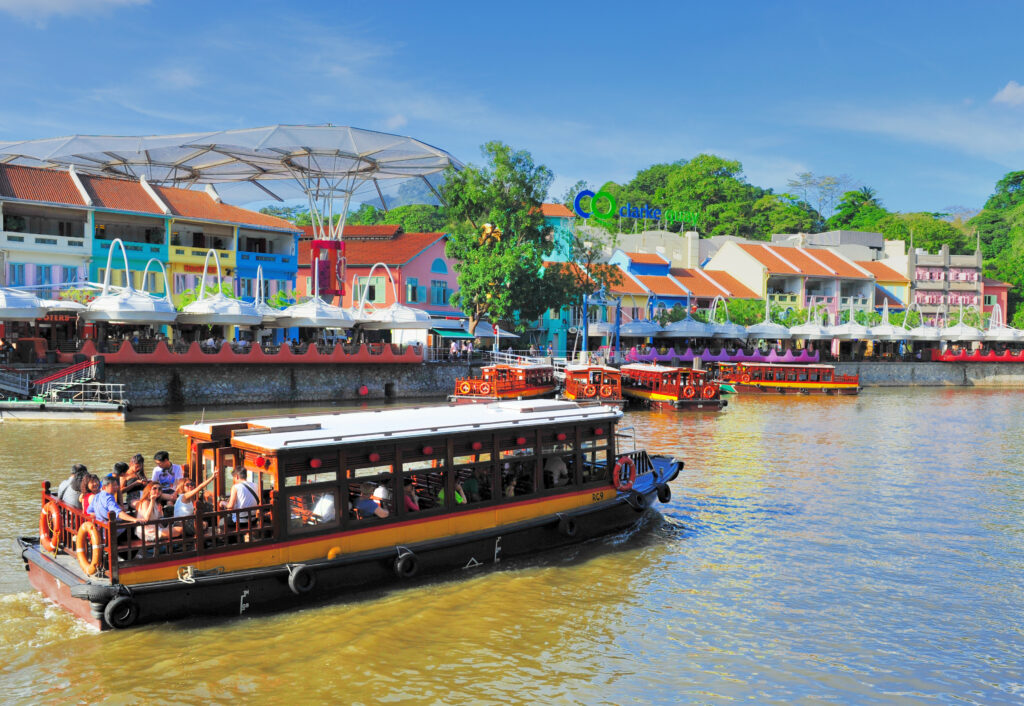
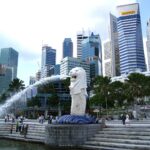
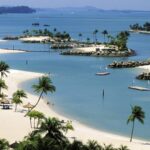
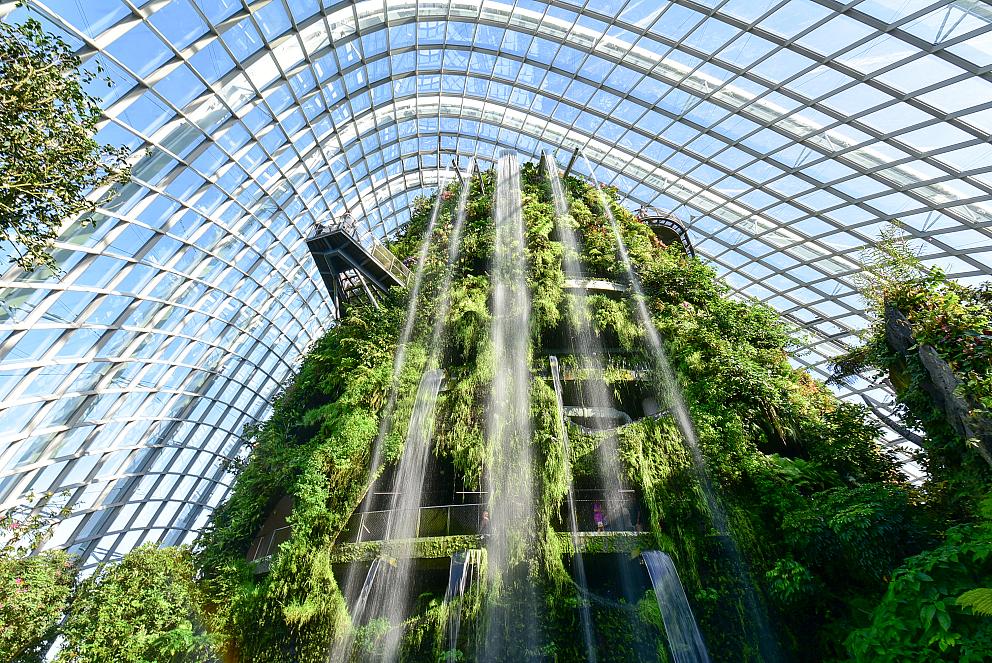
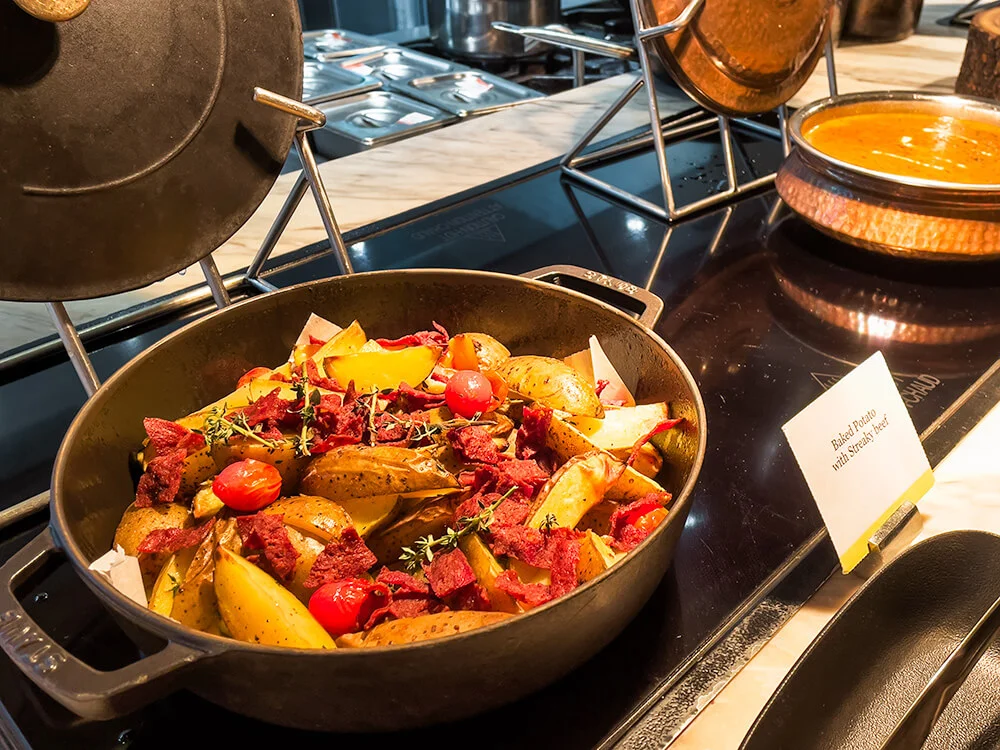
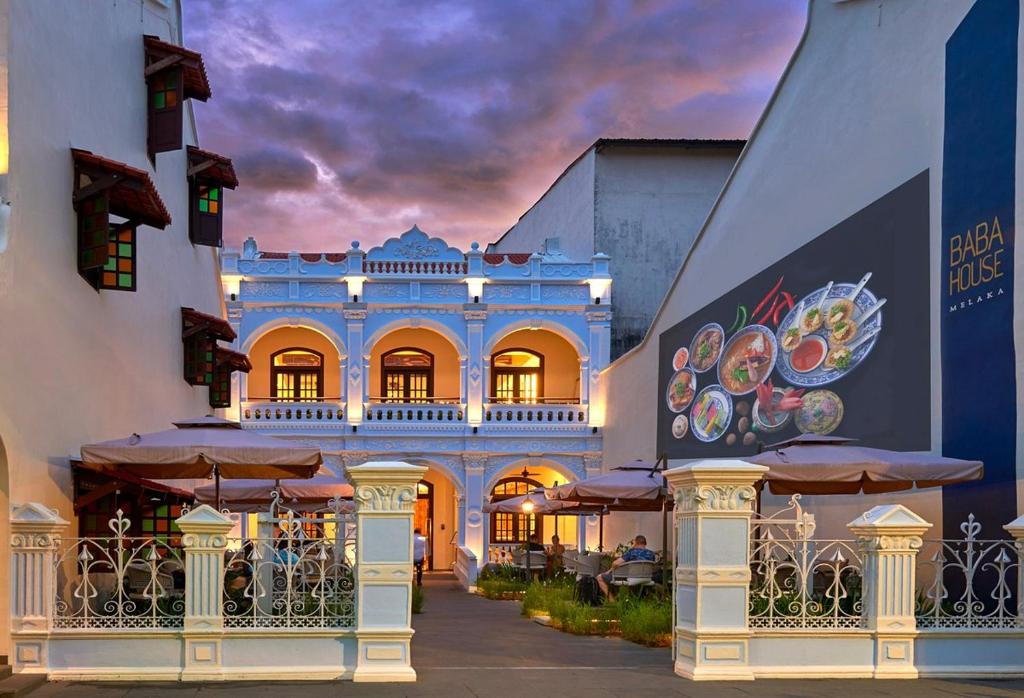
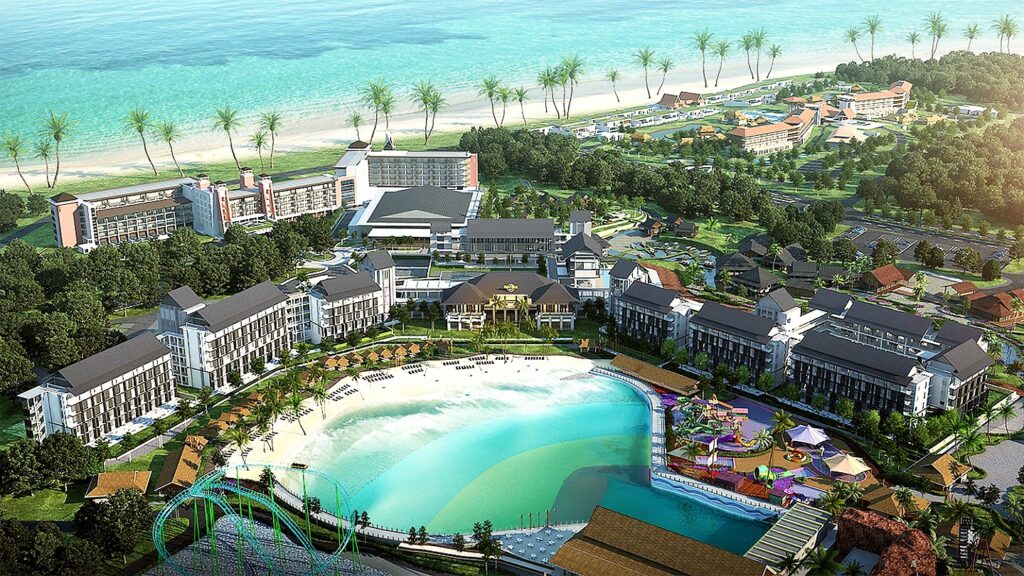
Alisandra Graft
Yastelin Glew
Mahkhi Dones
Laron Degerholm
Melya Mulling
Bosco Kastsyan
Conswello Satrapi
Juwann Jandula
Malonda Michard
Tiann Puff